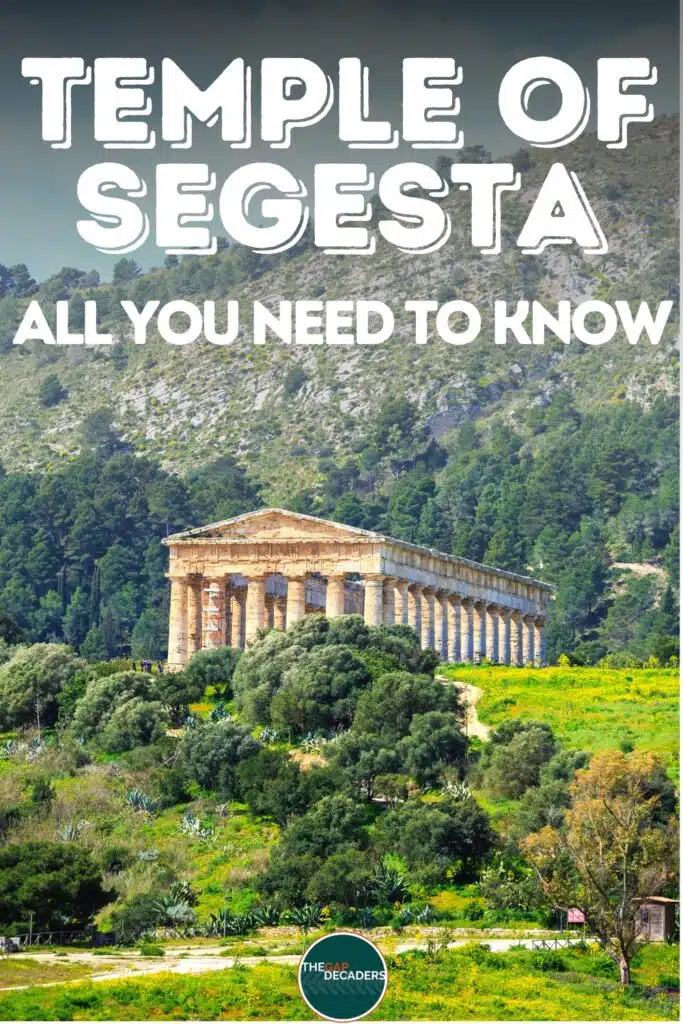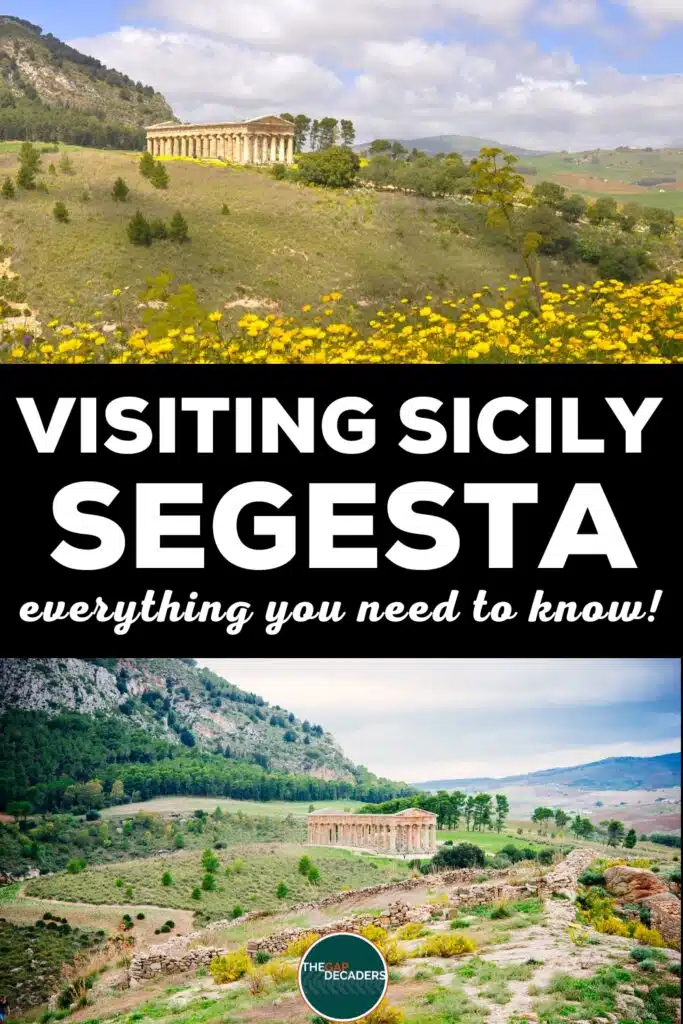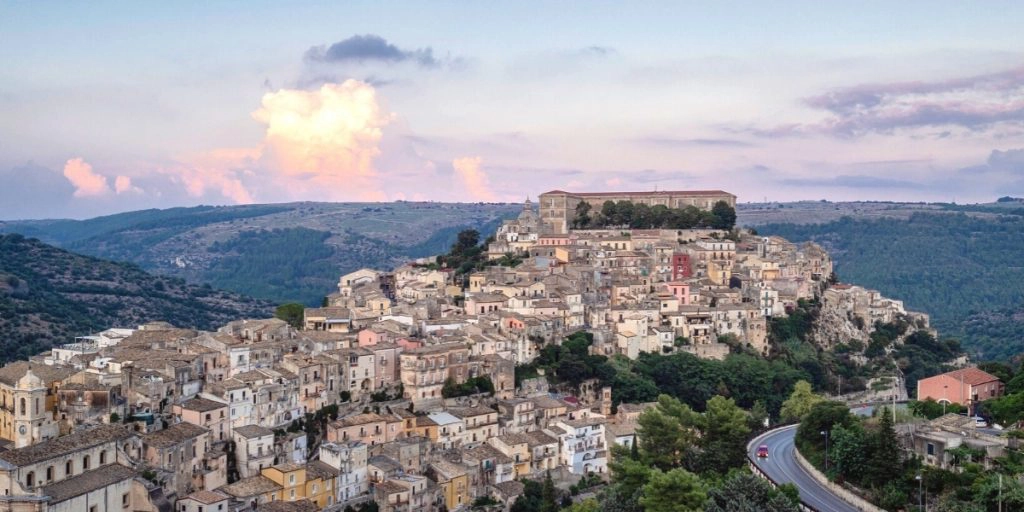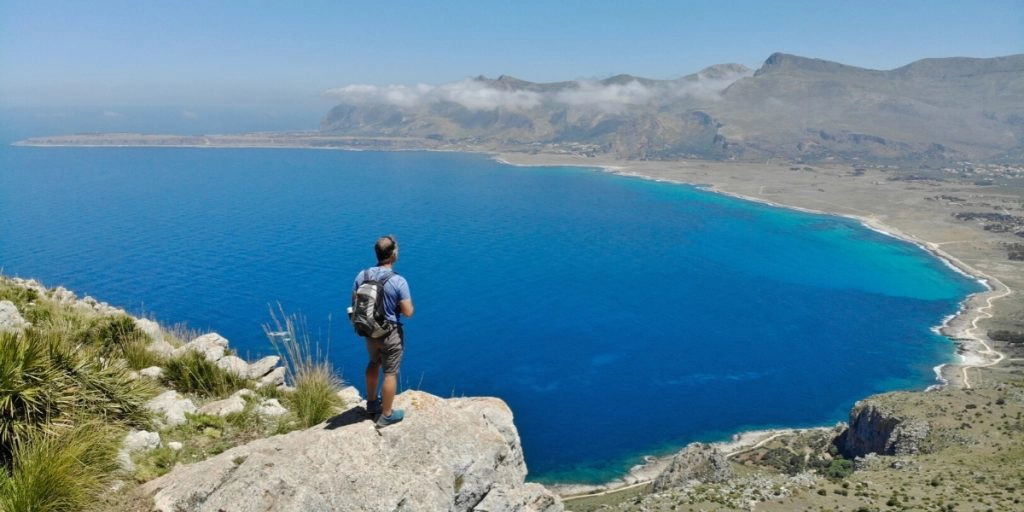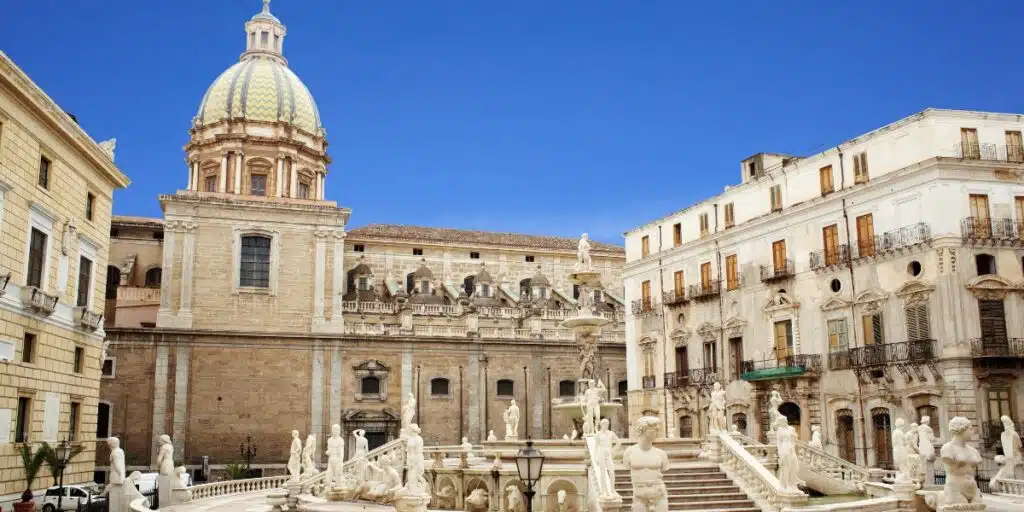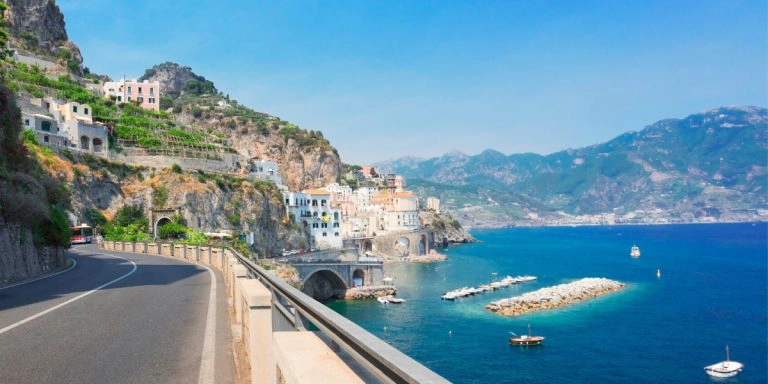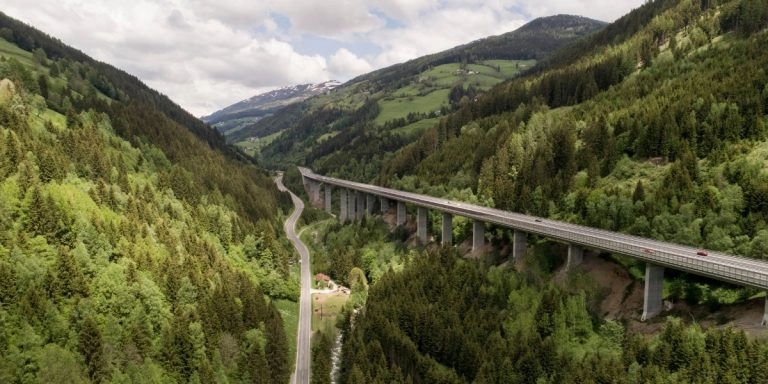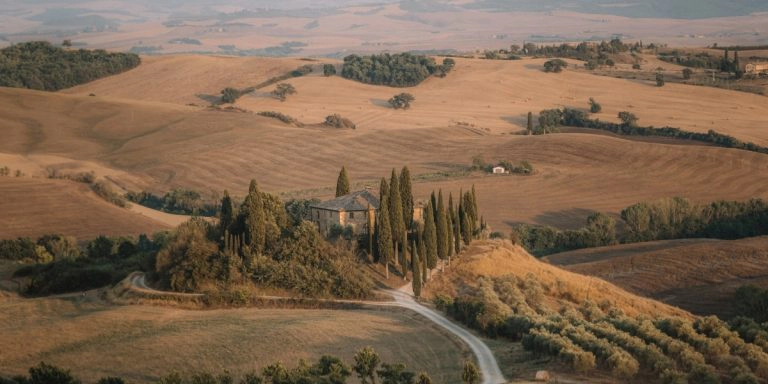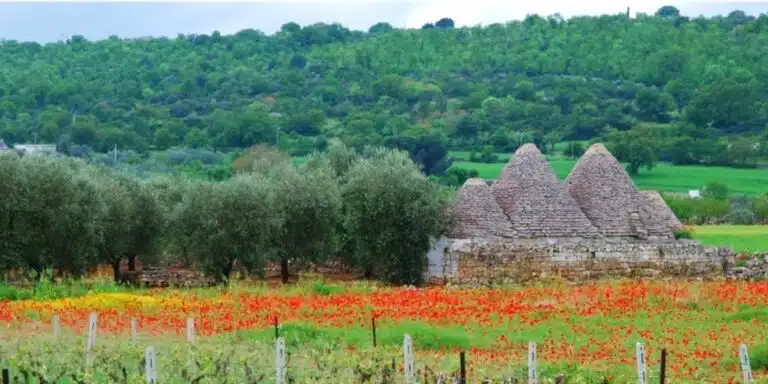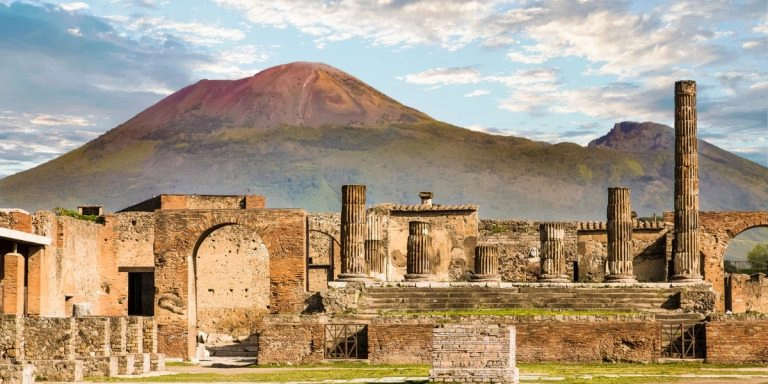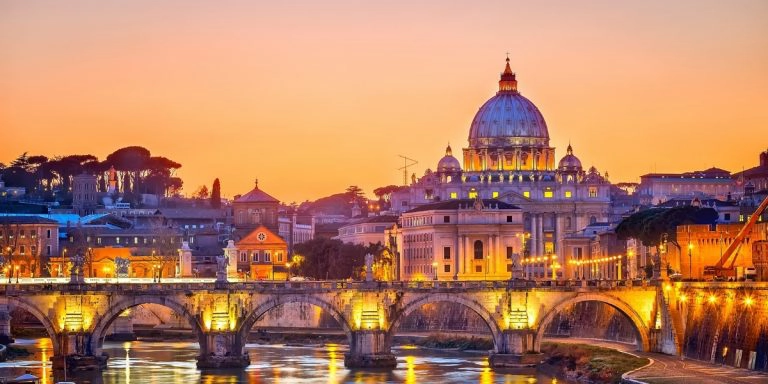This post may contain affiliate links, from which we earn an income. Click here to read our affiliate policy.
Visiting the Temple of Segesta, Sicily
An absolute must-see on any trip to Sicily, the ancient Greek temple and Roman amphitheater at Segesta are simply breathtaking. High up in a mountainous area in western Sicily, the Segesta archaeological site is in a remote rural setting and less crowded than the Valley of the Temples, which is located on the edge of a modern city.
Our Segesta guide has all the information you need to know about how to visit this wonderful site of ancient Greece, including information about getting to Segesta by car or public transport, parking, visiting the site, and other Segesta travel tips.
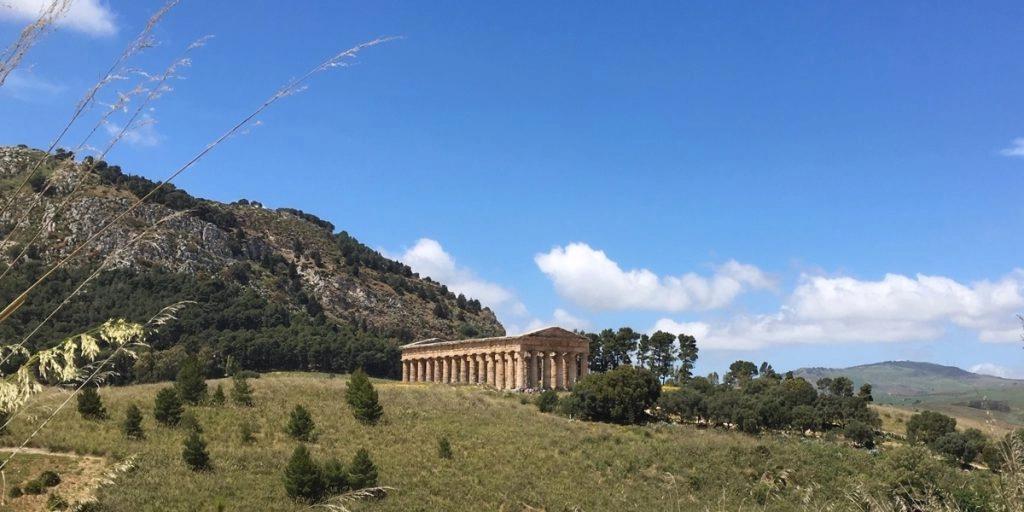
In a hurry? We’ve got you covered…
Things to Know About Segesta
After the fall of ancient Greece, the Romans and Arabs took possession of Segesta, but the city was abandoned during the Middle Ages and stayed deserted for a long time. This meant that Segesta’s ruins survived almost entirely untouched and protected from the passage of time and progress.
Surprisingly, Segesta is not a UNESCO World Heritage Site. There are seven UNESCO sites in Sicily:
Is this your first time visiting Italy? Get all the information you need in our Italy Travel Guide, including what to pack, the best time of year to go, getting there and practical tips to help you have the best trip!
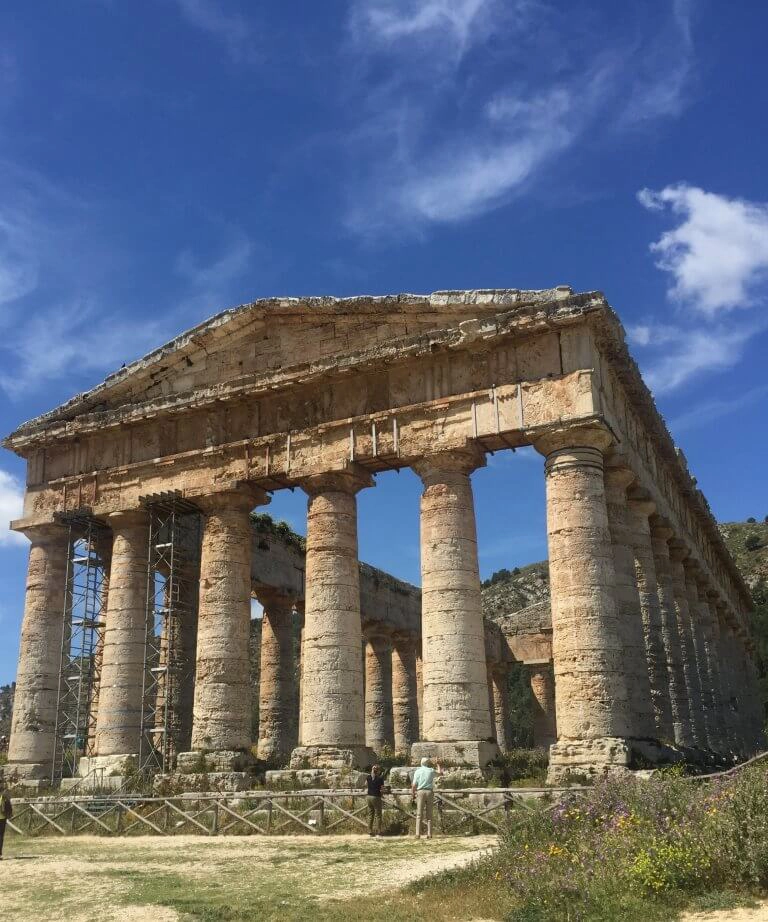
Getting to the Archeological Site of Segesta
Public Transport
The Segesta Archaeological Site is close to the town of Calatafimi Segesta in the northwest of Sicily, and there are regular weekday buses from Palermo to Calatafimi run by Segesta Autolinee which offer services between Palermo and Trapani, stopping at Alcomo and Calatafimi along the route.
Once you arrive at Calatafimi-Segesta, pick up the Tarantola bus service from Piazza Duca degli Abbruzzi to the Archaeological Site of Segesta. The ride takes around 20 minutes and buses leave and return regularly throughout the day. It is possible to do a round trip from Palermo in a day if you catch an early bus and make a timely connection in Calatafimi.
Buses do not run on Sundays or public holidays (of which there are many, check them out here).
Segesta Day Tours
If you are staying in Palermo the optimum way to visit is to take a tour. We recommend this highly rated day trip from Palermo to Segesta which includes the fascinating salt pans of Trapani and Erica, in its stunning hilltop position.
From Trapani, we recommend this popular day trip to Segesta and Selinunte, once a large and important Greek city and now the largest archaeological park in Europe.
Own Transport
If you’re road-tripping Sicily, Segesta is a must-see on your itinerary as one of the finest preserved temples in Europe, if not the world.
The Segesta exit is clearly marked off the A29D autostrada between Trapani (32km to the west) and Palermo (76km to the east). Parking is within two minutes of this exit.
Parking at Segesta
It is no longer possible to park at the foot of the temple. This is because the Parco Archeologico di Segesta who runs the site, recognizes that vehicle fumes so close to the ruins will have a long-term effect on their sustainability.
As you leave the autostrada, you will be directed to the official ‘park and ride’ for Segesta. From the parking lot you can catch a shuttle bus to the main entrance. The sign says it is 12km away, but they missed the decimal point… it is actually 1.2km away! The buses leave every 15 minutes or so.
To park and take the shuttle costs €5 for a car, €7 for a motorhome or campervan, and €3 for a motorbike. This covers you for the whole day. You can also stay overnight in a campervan for €12, giving you a head start in the morning!
The best time to get there is about 8.45am to catch the first shuttle at 9am. Doing this will give you a few precious minutes of peace when you arrive at the temple.
Do not be tempted to park along the road or anywhere other than the official parking, you will most likely be fined and moved on.
RELATED POST: Southern Italy: Discover the Best 33 Places To Visit
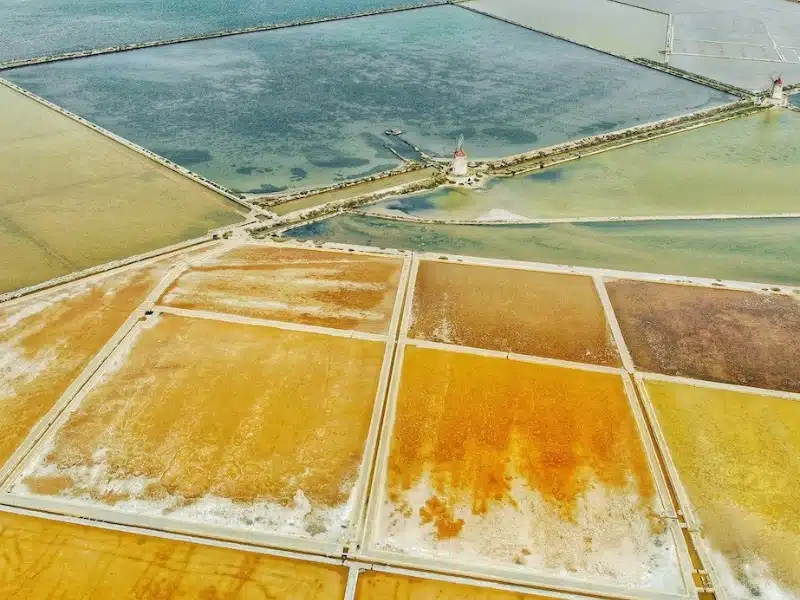
Sicily Travel Inspiration
When To Visit Segesta
The archaeological park at Segesta is open all year round. Visit in May and June for stunning wildflowers, and in summer for lush green meadows around the site. Winter may be chilly, but it will certainly be quieter and more peaceful.
Segesta opening times are:
The last admission is one hour before closing.
Visiting the Historical Sites of Segesta
The Temple of Segesta
The bus from the car park will drop you at the main entrance where you will queue for your entrance ticket. The cost of entry is €6 and €3 for children and concessions (the only concession is for EU citizens under 25).
You start from the ticket booth with a short uphill walk to the temple to reach the focal point of Segesta which will take your breath away at first sight.
You can no longer walk into the Segesta Temple as you were able to ten years ago. However, you can walk all the way around the top of the hill to look at the detailed architecture of the structure and marvel that the ancient Greeks were able to construct such a sublime and beautiful building.
You’ll want at least an hour to admire the architecture, take photos, and soak up the peaceful atmosphere, at least anytime before 11am. After this, the site becomes busy with day trippers, and the paths around the temple can become busy.
Loaded with Greek influence, the Doric temple of Segesta is almost complete as you see it externally. The wooden and tile roof is missing, although scholars are undecided as to whether this was deliberate. None of the interior structure survives, and may never have been completed as the inner foundation works were still in progress when the project was abandoned.
The Greek Doric style temple was built using a creamy travertine from Alcamo, northeast of Segesta. There are six columns on each façade and 14 columns along the length, all standing on a three-and-a-half step base, and each column stands 9.33 meters high. The dimensions of the temple are 26 x 61 meters.
The Doric architecture has been partially restored, with steel bars used for support and materials like rubber and resin used to replace missing pieces. The entire temple has also been treated with a water-resistant solution to ensure its continued preservation against the elements.
Even so, it’s easy to look at this temple as a visitor, rather than a scholar or historian, and imagine how it must have looked to ancient Segestans as it was being built and almost finished.
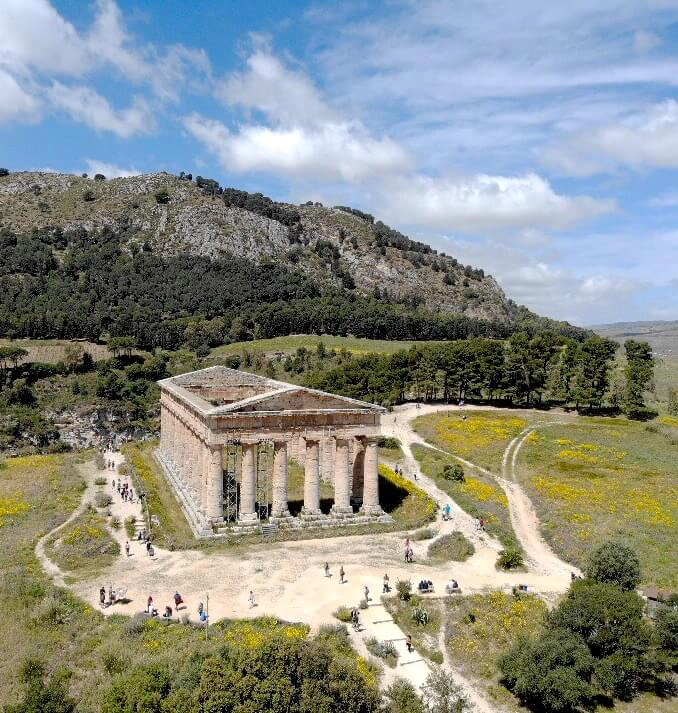
The Roman Amphitheater
From the temple, head back to the ticket office, over the fairly new road and uphill towards the Roman amphitheater at the top of Mount Barbaro. We suggest taking the steep walk up the path through wildflowers and grasses for spectacular views of the temple.
You can also catch a small shuttle bus for an additional €0.50, which takes around five minutes. Perhaps take the shuttle up and walk down as you don’t want to miss the views of the temple across grassy fields, which are some of the best in Sicily.
The theater, perched on the rocky summit of Monte Barbaro at 305 meters above sea level, enjoys a breathtaking view of Castellammare del Golfo or the Gulf of Castellammare on the northern coast, which was once the ancient port of Segesta. Castellammare on the northern coast, which was once the ancient port of Segesta.
First built from the Roman period of late 4th to early 3rd century BCE, the theatre as it is seen today dates to the 2nd century BCE. This is not a Greek theater but a Roman one!
Originally it had 29 rows of seats divided vertically into seven sections by access steps, with capacity for 4,000 spectators, and continues to host theater events and Greek dramas throughout the summer months.
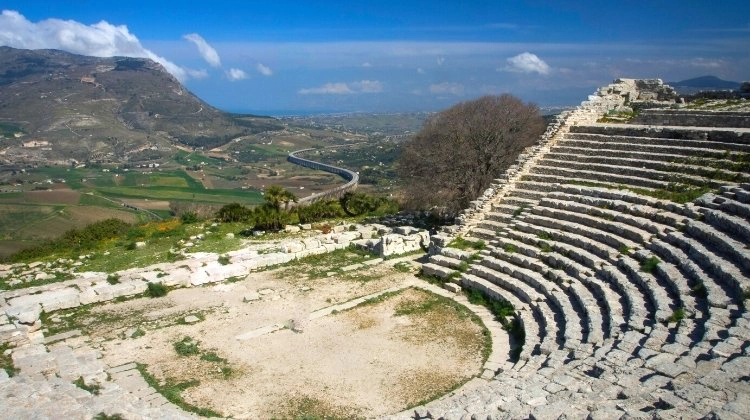
San Leone Church
Nearby is the San Leone Church. With a single nave, originally covered by a barrel vault, the small church was built in 1442 by residents of Calatafimi, in a now uninhabited area of Monte Barbaro. It is thought the church was a rural chapel, frequented by shepherds.
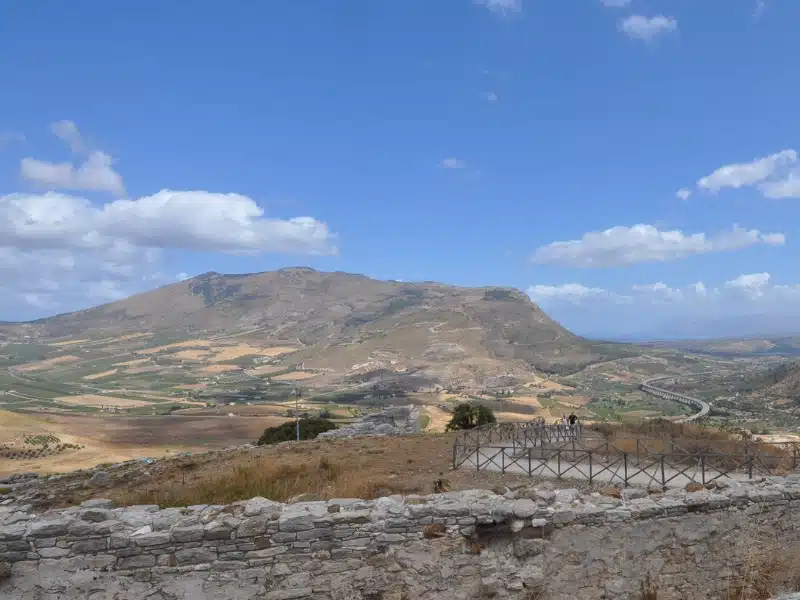
The Mosque of Segesta
The only known remains of a mosque in Sicily, the 12th century Segesta mosque is in the same area as the church. Originally divided into two naves, parallel to the qibla wall which faces Mecca, the small 20 x 11-meter mosque was likely a ‘Friday mosque’, named for the fixed day of prayer for all adult males of the community, and would have been a focal point for the hilltop site of the ancient city.
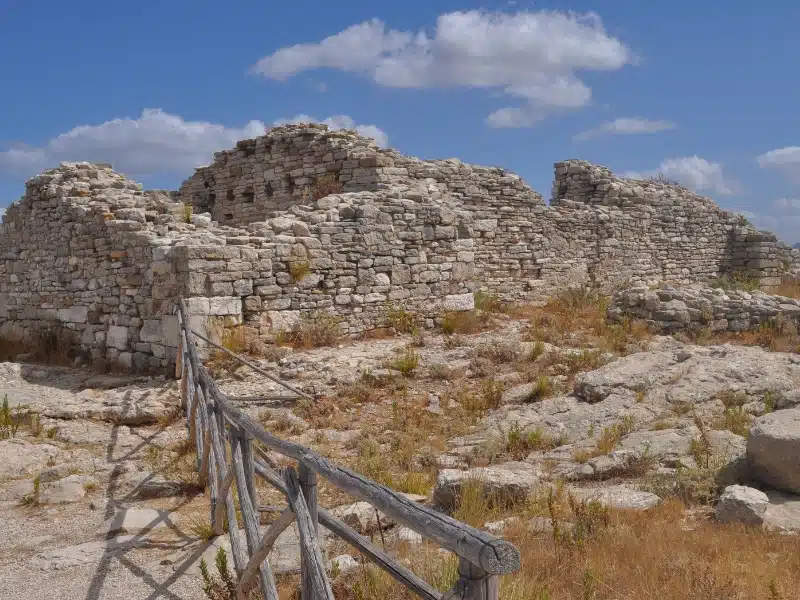
Our Segesta Experience
Segesta is a magical place and our favorite ancient Greek site in Sicily. The setting, between lush rolling hills, with far distant views of the sea and mountains, is perfection. The surrounding fields, with their exact rows of silver-green olive trees and vines, are archetypal Italian and just add to the atmosphere of the site.
Segesta’s ancient Greek temple can make a valid claim to being the best preserved in the world. The architecture of both the temple and the amphitheater is breathtaking. The temple is particularly interesting due to its unfinished nature and complexity. Amazingly, it has survived as intact as it is given that until just a few years ago, visitors were able to walk inside and around the columns.
Other Sicilian archaeological sites and places of interest that you may want to visit:
Are you looking for more Italian travel inspiration? Check out these top posts…
A Bucket List Amalfi Coast Road Trip
Driving to Italy from UK: Best Routes & Driving Tips
The Ultimate Bucket List Italy Road Trip
Puglia Road Trip: The Best 7 Day Itinerary + Map & Tips
How to Visit Pompeii & Vesuvius in One Day
The Best of Rome in 36 Hours: Ultimate Itinerary + Map
Love it? Pin it!
